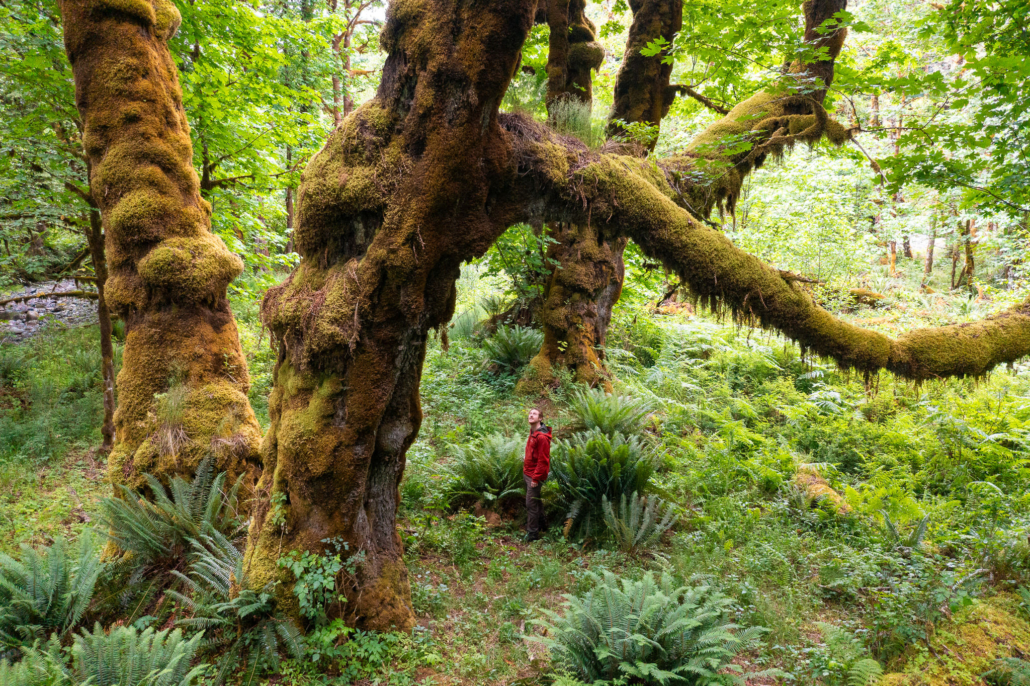
The Narwhal: What is a ‘private forest’ in BC? And how much logging is allowed there?
BC’s private forests aren’t subject to the same logging regulations as those on public land — putting old growth, wildlife habitat and significant ecosystems at risk.
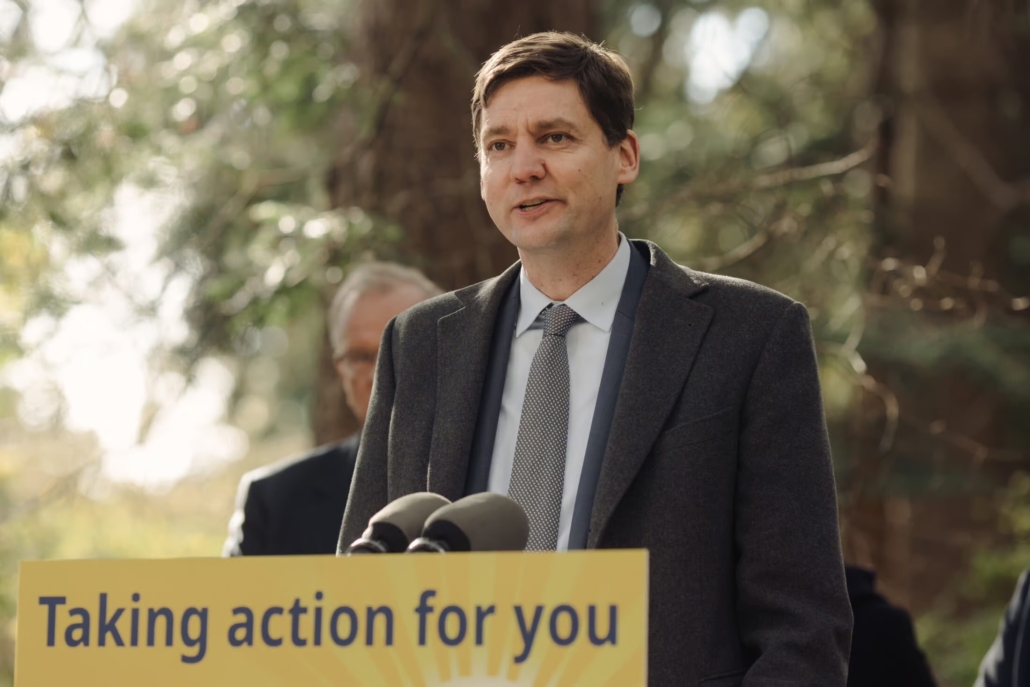
The Narwhal: New marching orders are in for BC’s cabinet. They sideline the environment, observers warn
As economically devastating tariffs threatened by U.S. President Donald Trump loom, BC Premier David Eby has directed his cabinet to prioritize economic development and make it easier for corporate interests to feel confident investing in the province.

Victoria News: Advocate makes desperate plea for Island’s old-growth at Victoria TEDx talk
TJ Watt, renowned Ancient Forest Alliance photographer, big-tree hunter, and National Geographic Explorer, took the stage at TEDxVictoria 2024 to deliver his talk titled One Last Shot to Protect Old-Growth Forests in British Columbia.

The Narwhal: BC election results: no clear winner. What could that mean for nature and climate?
Results show the BC NDP and the BC Conservatives in a neck-and-neck battle. With some ridings too close to call, British Columbia may be looking at another minority government
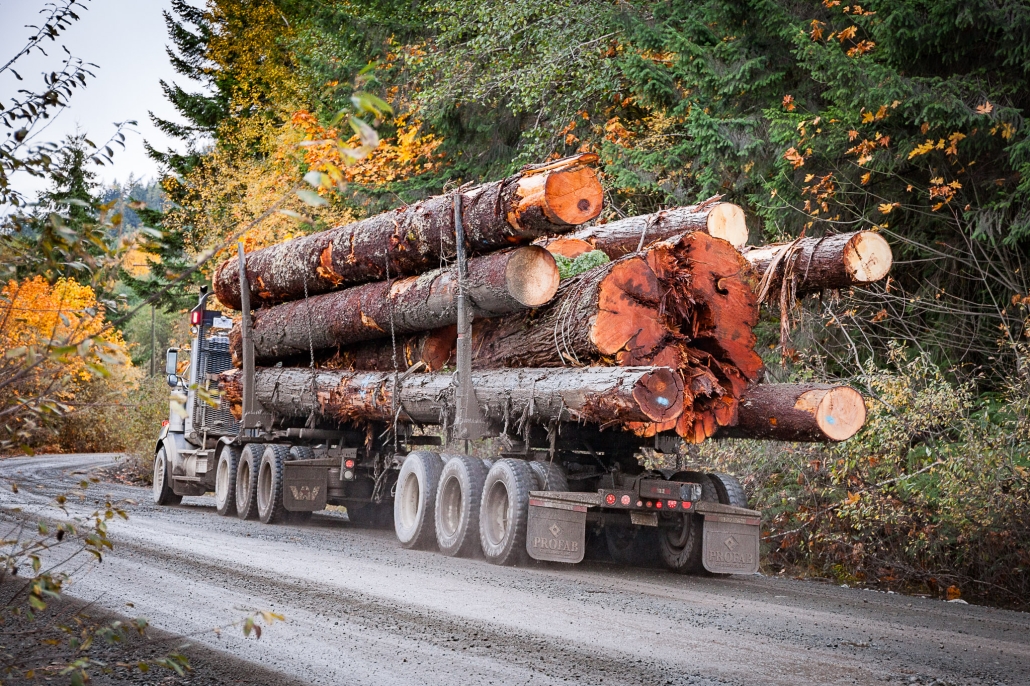
The Tyee: Why Both Parties Are Wrong about BC’s Forestry Crisis
The problem isn’t red tape; it’s a lack of trees.
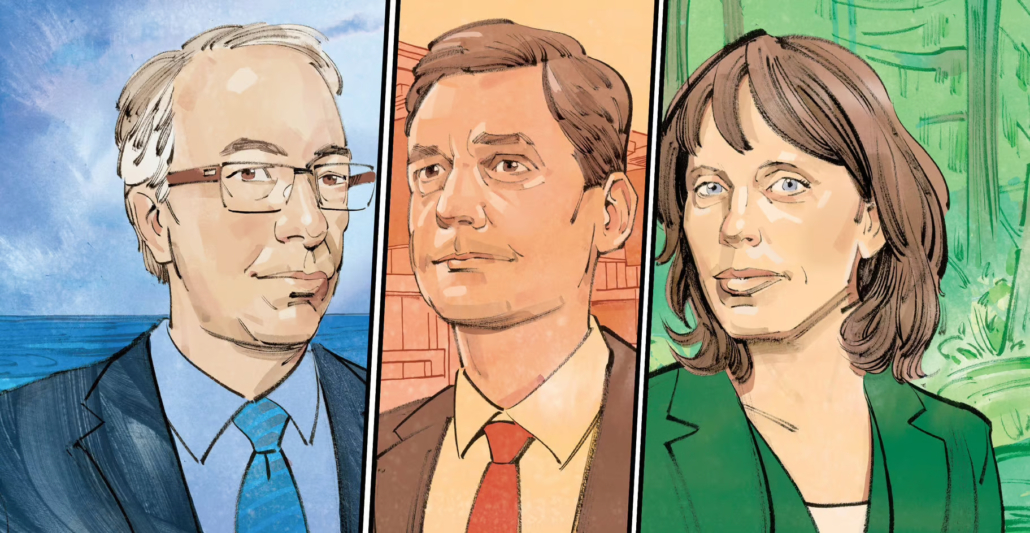
The Narwhal: Your BC election guide to old-growth forest and other key nature issues
The decisions of the next provincial government could determine the trajectory for almost 2,000 species at risk in BC.

The Narwhal: Over half of Clayoquot Sound’s iconic forests are now protected — here’s how First Nations and BC did it
Ahousaht and Tla-o-qui-aht First Nations and the BC government announced 760 sq km of old-growth forests in Clayoquot Sound are now safeguarded in 10 new conservancies.
Sooke News Mirror: Port Renfrew’s Avatar Grove closure drags on with no end in sight
With Avatar Grove closed since 2022 and unmaintained since 2018, there are many questions as to when the beloved old-growth forest will reopen.
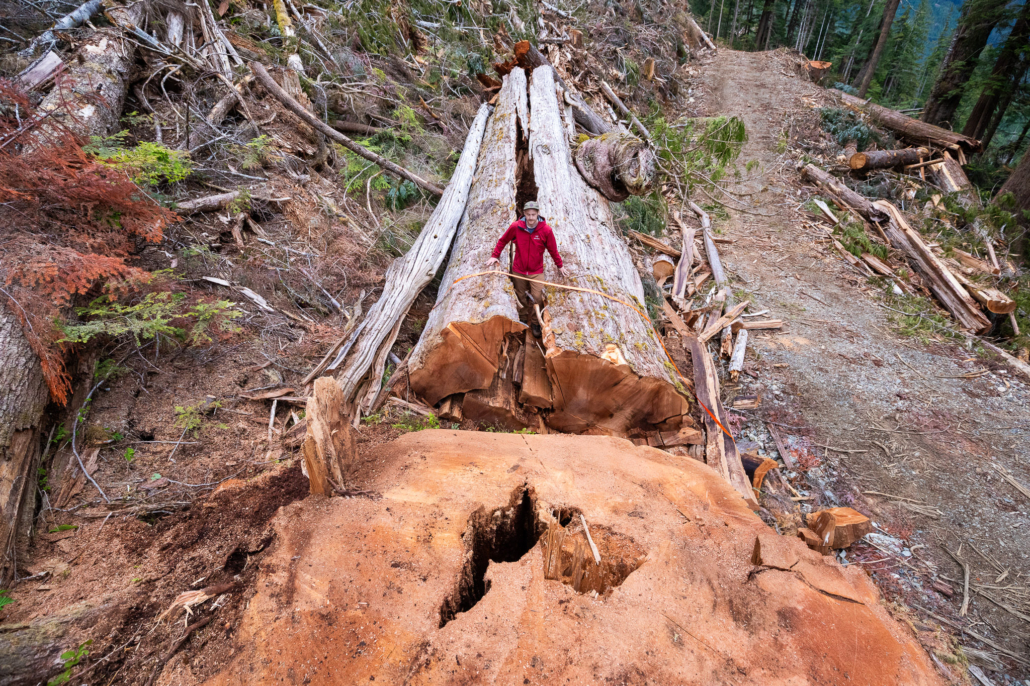
Global News: BC advocates raising alarm due to recent clear-cut on Vancouver Island
See this Global News video coverage featuring Ancient Forest Alliance's recent documentation of old-growth logging in the Nahmint Valley.
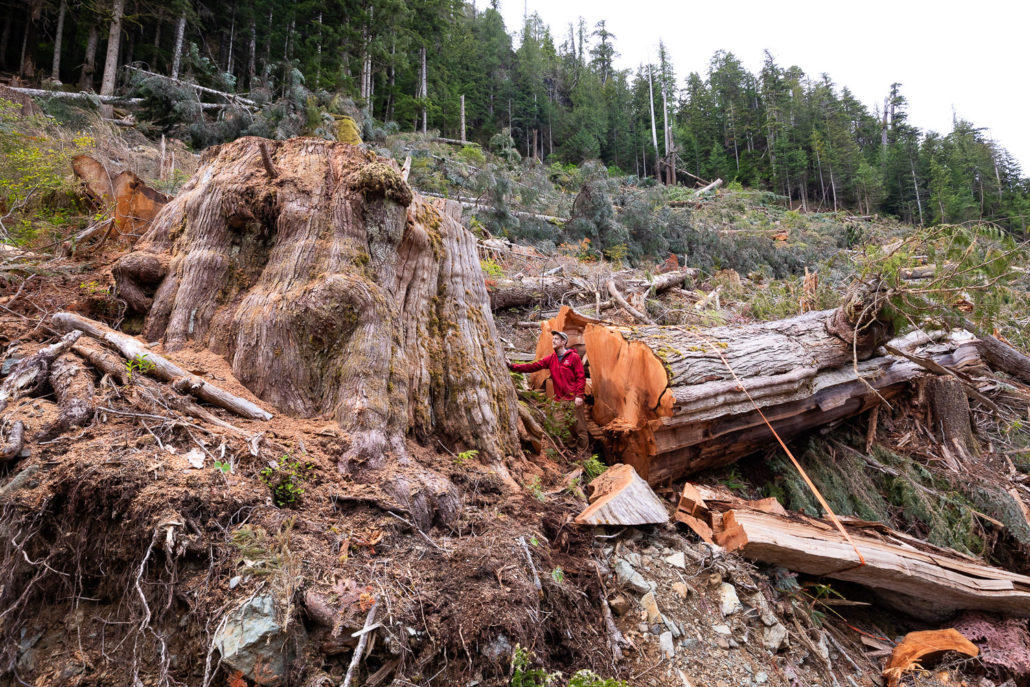
Victoria Buzz: ‘Old-growth carnage’: Activists concerned over clear-cut forest near Port Alberni (PHOTOS)
BC old-growth activists have taken before and after photos of a large area of an ancient grove that was clear-cut on Vancouver Island near Port Alberni in the Nahmint Valley.
